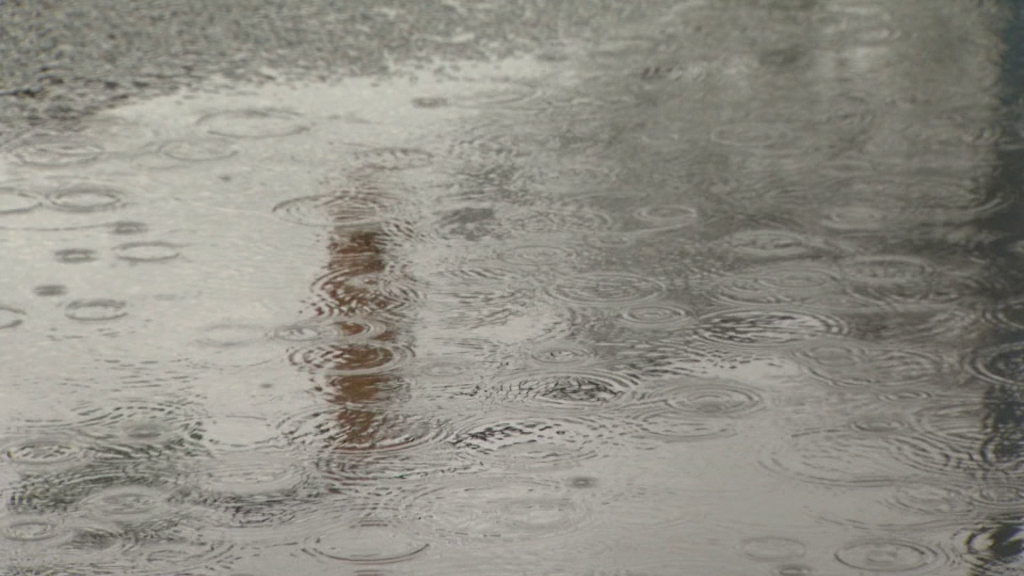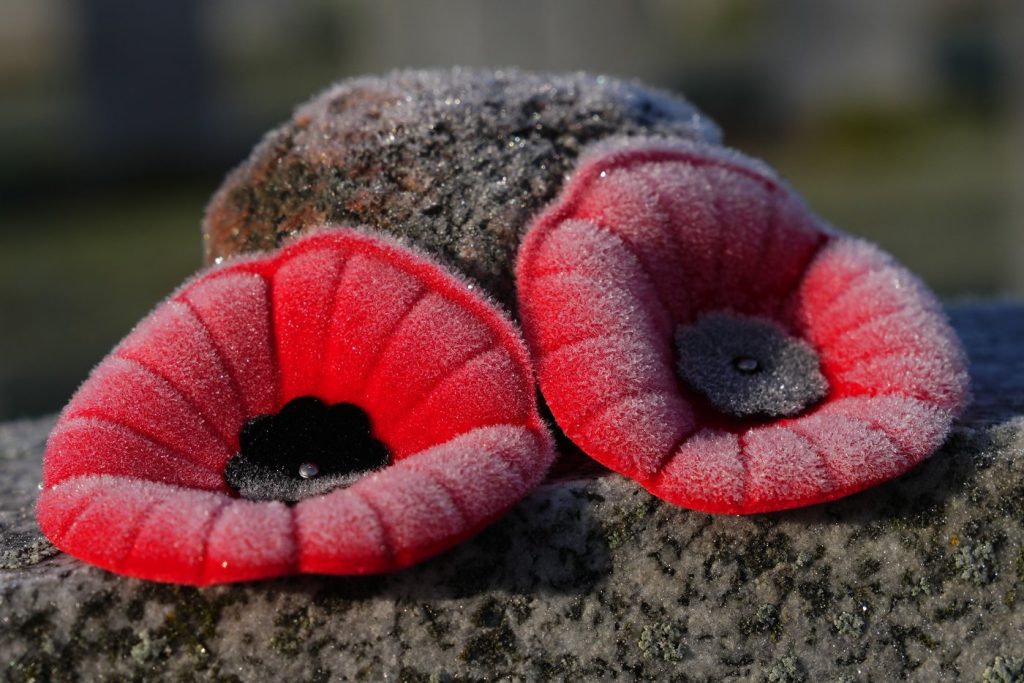Steady decline in youth hockey participation in Canada raises alarm about the future of the sport

Posted June 11, 2024 6:48 pm.
Last Updated June 12, 2024 8:06 am.
Hockey remains a beloved pastime, a source of pride and joy and something that has knitted Canada together for more than 150 years.
Youth hockey participation, however, has decreased by nearly a quarter in Canada over the past decade and a half, a decline that began well before the pandemic from a peak of over half a million kids taking part as recently as 2010.
Because of growing costs for everything from equipment and ice time to specialized coaching and travel programs, families are choosing other sports like soccer and basketball over hockey. There are concerns about the future of grassroots hockey in the country that has nourished it into the popular, vibrant sport that is seeing growth elsewhere, including the United States.
“It does sadden me,” said Alex Klimsiak, who coaches two teams in Brampton and still plays recreationally in suburban Toronto at the age of 44. “Enrollment’s probably been declining for the last five, six years. Definitely before the pandemic you could see it. A pandemic just put a magnifying glass and escalated it.”
Two years ago, Hockey Canada reported 411,818 youths younger than 18 participating in the sport, a 22% drop from 523,785 just 13 years earlier, not counting an introductory program that is has been separated from registration numbers since 2021. That number slightly rebounded in 2023 to 436,895 but is still below pre-pandemic levels even while soccer and tennis numbers in Canada have already recovered.
“I’m concerned but I’m not panicked,” said Ed Kinnaly, the CEO of hockey equipment giant Bauer. “I do think the right people — the National Hockey League, USA Hockey, Hockey Canada, private corporations — are all starting to have the honest dialogue with each other, which is, A, we’ve got to stop talking about what’s wrong and, B, we’ve got to start investing in change for the sake of the sport.”
According to the Canadian Youth Sports Report released last summer by Solutions Research Group, soccer is the top choice at 16%, followed by swimming, hockey and basketball. Raw participation numbers for the sports are not comparable given differences in registration requirements across various governing bodies.
Parents cited financial issues as their top concern (58%), followed by family care and youth mental health, including bullying. There are some concerns, too, about the time needed for practices and drills even at the lower levels of competitive hockey.
“It definitely is a big commitment,” said Priyanka Kwatra, whose 10-year-old son Shawn has developed a love for the sport and plays in suburban Toronto. “It’s a very time-consuming sort of sport.”
When her husband, Amit, first looked at equipment for Shawn, the $1,000 price tag was a shock. Add to that limits on available ice for practices or for fun and games and basketball or soccer suddenly seem easier.
“Getting someone into hockey, it’s not as simple as getting someone into soccer where you just need a soccer ball,” Amit Kwatra said. “Hockey, the amount of gear that’s required in order to kind of get the game started is a lot, and I think that is the biggest barrier for a lot of people that initiate their kids into hockey.”
During All-Star Weekend in Toronto, the NHL put on a youth event in nearby York. With daughter Sharon, Priyanka and Amit watched their son on the ice, he and more than 100 other young players all in their first set of gear provided by Bauer as part of NHL/NHLPA First Shift, one of many learn-to-play efforts intended to keep hockey in Canada’s bloodlines.
“It’s a low-cost entry point, and then it obviously is able to accelerate growth because it provides opportunity,” said Matt Herr, a former NHL player who is now the league’s senior director of youth hockey and industry growth. “Especially in Canada, we’re competing now where it used to be the pastime.”
The quality of sticks, helmets and pads has increased sharply thanks to technological advances, but with that comes higher pricing — and with that comes the risk of leaving out lower-income families eager to try hockey, especially with higher levels of the sport running nearly year-round.
Klimsiak, the Brampton coach, estimated that the cost of being on a competitive team — the ones that travel to tournaments and have multiple set practice times as opposed to recreational teams — starts at $4,000, with some teams charging $10,000 or more.
A further concern: Canada’s population, now nearly 40 million, has doubled in 50 years but the International Ice Hockey Federation reports there are still just 2,860 indoor ice rinks across the sprawling country. Renting ice can cost hundreds of dollars just for 1-2 hours.
Kinnaly pointed to a 2019 Parks and Recreation Ontario plan to invest $2 billion over the next two decades on 45 new soccer fields, 30 basketball courts, 18 indoor pools and a single hockey rink as further cause for concern
“The number of rinks that are in disrepair or have closed further compresses the availability of ice time,” Kinnaly said. “If there aren’t places for people to play, it’s going to continue to be a headwind, a real challenge.”
Programs like First Shift and Scotiabank’s Hockey For All are among the steps being taken to stop the slide. Kinnaly said Bauer’s program has been “immensely successful” at not only getting kids into hockey but keeping them, with a retention rate around 60%.
There are other encouraging signs, such as hockey still being the preferred sports for First Nations youth and nearly 40% of First Shift participants being girls as the women’s game gets more attention — but the overall trend has presented a painful question that must be answered.
“I don’t think hockey can rest on its position in a way that it used to, and there’s part of me that’s OK with that,” said University of Toronto professor Simon Darnell, an expert in sports culture and sociology. “I think it makes sense if we’re going to invest in hockey in Canada as somehow representative of Canadian culture that we actually need to think about what does Canadian culture look like and is it reflected in hockey? Because right now it’s not.”








